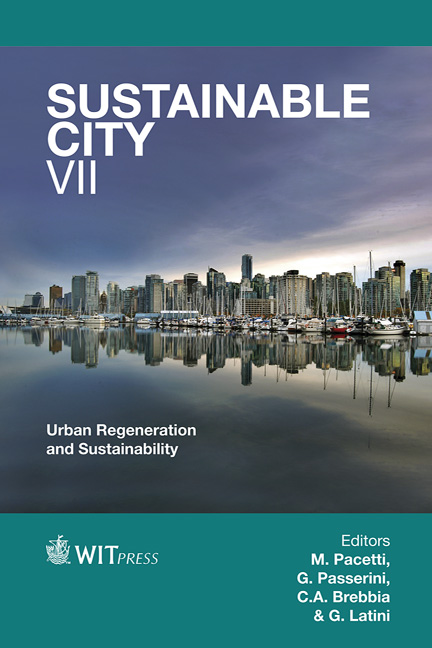Reuse Of Red Powder Of Steel Plants As Fine Addition In Ceramic Bricks Manufacture
Price
Free (open access)
Transaction
Volume
155
Pages
9
Page Range
1105 - 1113
Published
2012
Size
564 kb
Paper DOI
10.2495/SC120922
Copyright
WIT Press
Author(s)
N. Quaranta, M. Caligaris, H. López, M. Unsen, G. Pelozo, J. Pasquini & A. Cristóbal
Abstract
The recycling of industrial wastes as raw material for the construction industry emerges as a viable solution to the increasingly serious problem of their accumulation, due to increasing production. This recycling process involves significant environmental benefits: the use of wastes, energy economy and the conservation of nonrenewable resources. In this paper waste from a steel plant, called red powder or Ruthner powder, is studied, in order to determine its environmental suitability for reuse as fine aggregate in mixtures for the production of clay bricks. This waste is produced in the steel industry after the hot rolling process; the plate is covered with a layer of oxides which is removed in a pickling process, obtaining as a byproduct of the process Fe2O3 (red powder). These powders are mixed with clay up to 50%, pressed and heat treated in the range 950°C-1000°C. Ceramic compacts thus obtained are characterized by several techniques for determining the suitability for using them, taking into account the commercial requirements of such materials. These products have good physical and mechanical properties, with values of porosity, mechanical strength, volumetric changes and permanent weight loss within the market requirements. Keywords: metallurgical wastes, recycle, red powder, ceramics.
Keywords
metallurgical wastes, recycle, red powder, ceramics.





